Air contaminants are particles, liquids, and gases in the air which have harmful chemical properties that affect our health.
Air contaminants are particles, liquids, and gases in the air which have harmful chemical properties that affect our health. They come from a variety of sources, including industry, cars and trucks, neighborhood businesses, and fireplaces.
From a public health perspective, two of the air contaminants of most concern in California are particulate matter and ozone:
- PM2.5 (particulate matter with a diameter of less than 2.5 microns) is a Criteria Air Pollutant commonly found in diesel exhaust.
- Ozone is formed when sunlight combines with Nitrous Oxides (NOx) and Volatile Organic Compounds (VOCs).
- NOx comes from motor vehicle emissions, other fuel combustion, and agricultural sources.
- VOCs come from many sources including fossil fuels and refineries, building materials, household products including paints, and chemical manufacturing.
Air pollution is a serious health threat in California. According to the California Air Resources Board (CARB), over 90 percent of Californians breathe unhealthy levels of one or more air pollutants during some part of the year.
Air Quality Across California
Tracking California provides data on PM2.5 and ozone for counties across the state.
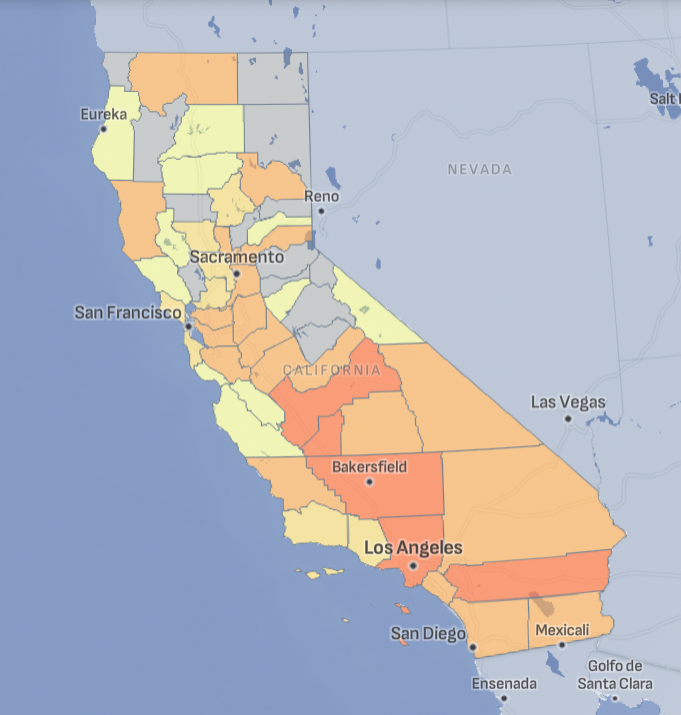
Types of Air Contaminants
There are four main categories of air contaminants which are of public health concern:
Criteria Air Pollutants
Criteria Air Pollutants are a group of compounds that are regulated in California and at the national level. They are air pollutants for which an acceptable level of exposure can be determined and an ambient (outdoor) air quality standard has been set.
The term 'criteria air pollutants' comes from the requirement that the U.S. EPA must describe the characteristics and potential health and welfare effects of these pollutants. The U.S. EPA and California Air Resources Board (ARB) periodically review new scientific data and may propose revisions to the standards as a result. Contaminants listed by both U.S. EPA and California ARB as Criteria Air Pollutants are: Ozone, Particulate Matter (PM10 and PM2.5), Carbon monoxide (CO), Sulfur dioxide (SO2), Nitrogen dioxide (NO2), and Lead.
Toxic Air Contaminants
Toxic Air Contaminants (TACs) are air contaminants not included in the California Ambient Air Quality Standards (CAAQS) but that are considered hazardous to human health. They are designated at the state level in California. TACs are defined by the California Air Resources Board (ARB) as those pollutants that may cause or contribute to an increase in deaths or in serious illness, or which may pose a present or potential hazard to human health.
TACs are considered to have no safe level of exposure. ARB has the authority to categorize pollutants as TACs, and currently, there are over 250 compounds categorized as TACs.
Hazardous Air Pollutants
Hazardous Air Pollutants (HAPs) are air contaminants that are not included as Criteria Air Pollutants but that are considered hazardous to human health by the US Environmental Protection Agency. They are designated at the federal level. Similar to the California-defined Toxic Air Contaminants (TACs), compounds are designated as HAPs because of specific health concerns based on clinical or animal studies.
Greenhouse Gases
Greenhouse gases are another category of air contaminants. They are grouped specifically because of their potential roles in global warming. Greenhouse gases trap the heat (radiation) coming from the earth's surface in the atmosphere and contribute to global warming. The main greenhouse gases are: Water vapor, Carbon dioxide (CO2), Methane, Nitrous oxide, Fluorocarbons, and Ozone. Besides any direct health effects the compounds may have, the concern about greenhouse gases is based their potential to promote climate change, which itself has many potential health and other effects.
Air Contaminants and Human Health
Exposure to air contaminants is linked to many distinct health conditions including respiratory disease and cardiovascular disease.
By inhaling particles and gases, air pollution can cause inflammation and obstruction in the airways which can lead to or exacerbate respiratory conditions such as asthma, bronchitis, and chronic obstructive pulmonary disease (COPD).
Evidence exists that exposure to particles and gases can interfere with normal host defense mechanisms in the lung and increase infection susceptibility. Small diesel particles can penetrate deep in the lung and, as they are coated with carcinogenic Polycyclic Aromatic Hydrocarbons, can cause lung cancer. High pollution events can exacerbate respiratory illness, while long-term exposure is related to reduced lung capacity and function, respiratory disease, and shortened lives.
Exposure to air pollution during pregnancy has also been associated with reduced birthweight, prematurity, and infant death.
According to ARB, long-term exposure to PM2.5 alone results in 14,000 to 24,000 premature deaths annually in California. As ozone pollution is invisible and odorless, air that appears clean may actually have unhealthy concentrations of ozone. Particulate matter can also be at unhealthy levels when the air does not look smoggy. Air quality tends to be best in late winter and early spring, with summer and fall experiencing worse levels of air quality.
Who is Vulnerable to Air Contaminants?
Children, the elderly, athletes, outside workers and those suffering from respiratory disease, such as asthma, are the most vulnerable to air pollution. Children breathe more air pound for pound than adults and spend more time outdoors. They also have rapidly growing and maturing respiratory systems, which are susceptible to injury. The elderly often have underlying heart or lung problems and have less adaptive capacity than younger adults.
Developing fetuses are also vulnerable to air pollution. Exposure to carbon monoxide can reduce the amount of oxygen that the fetus receives, and it is also associated with reduced birth weight.
Racial Disparities
Recent work has documented that those living in poverty have a 1.35 times higher burden of particulate matter exposure than did the overall population in the U.S., and people of color have 1.28 times higher burden.
Geographic Disparities
California continues to stand out as having some of the worst air quality of the nation. In a recent report by the American Lung Association, Los Angeles was the city with the worst ozone pollution and Bakersfield, CA, ranked as the city with the worst short-term particle pollution. Bakersfield and Visalia, CA, are the most-polluted cities for year-round particle pollution.
Air Contaminant Monitoring and Regulation
Scientists have different strategies for calculating air pollution measures. These strategies include:
- Reporting of direct measurements from monitoring stations.
- Reporting of sources, such as the locations of industrial facilities or traffic levels on roadways.
- Models that may consider either or both of the above types of data along with considerations of weather, topography, and dissipation patterns.
None of these directly correspond to population exposure (i.e. the amounts of pollutants that are taken in by people day-to-day), although all can provide useful information. In places where no monitoring data exist, pollutant levels need to be estimated using statistical modeling methods. These methods commonly use known values at nearby locations to estimate pollution levels for locations without data.
There are set levels of air contaminants set as maximum levels at the federal, state, and regional levels determined by scientific studies that assess the level at which human exposure will be harmful.
Regulatory standards have been set by the U.S. Environmental Protection Agency and California Air Resource Board for criteria air pollutants including PM2.5 and Ozone.
Air Quality Related Projects
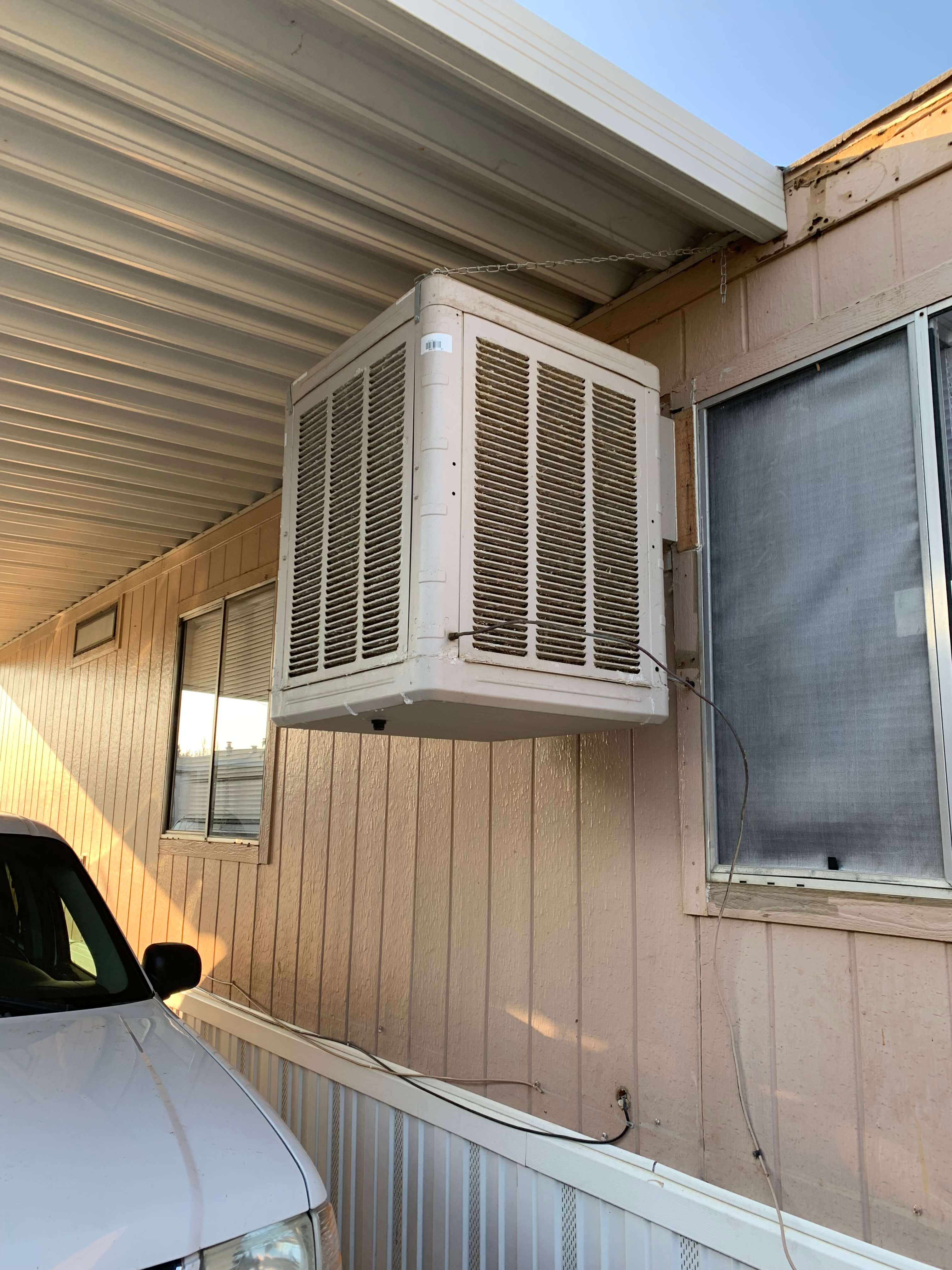
Fressca
This study aims to reduce wildfire smoke exposures and health risks among agricultural workers and other low-income families by designing and field testing an affordable, effective filtration system for swamp coolers.
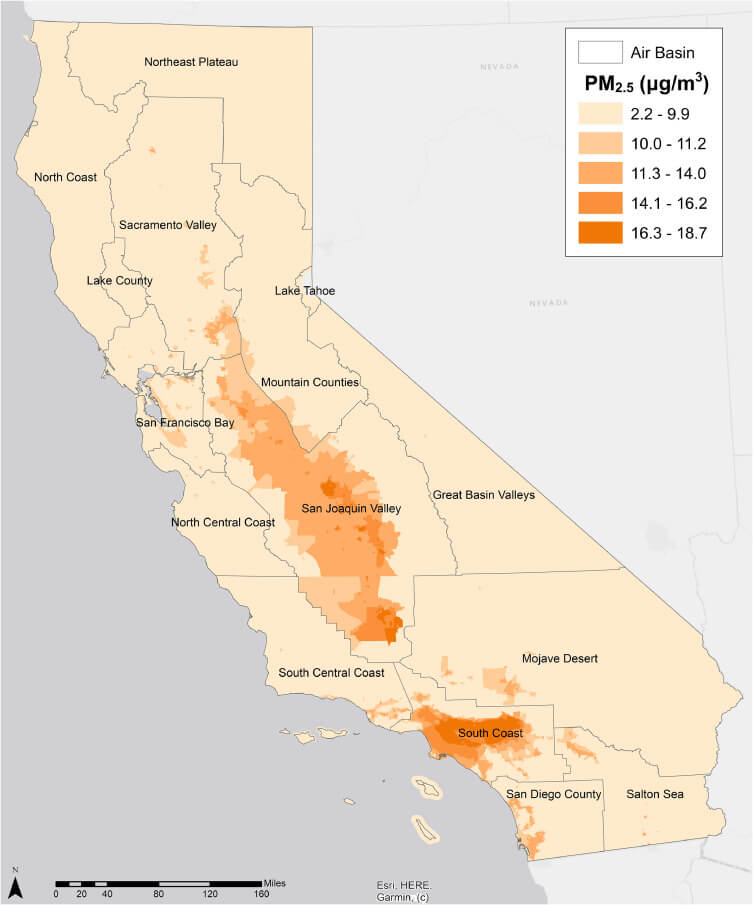
COVID and Air Pollution Study
In this study, we examined over 3 million SARS-CoV-2 infections and about 50,000 COVID-19 deaths in California from February 2020 to February 2021 to evaluate risks associated with long-term neighborhood levels of PM2.5
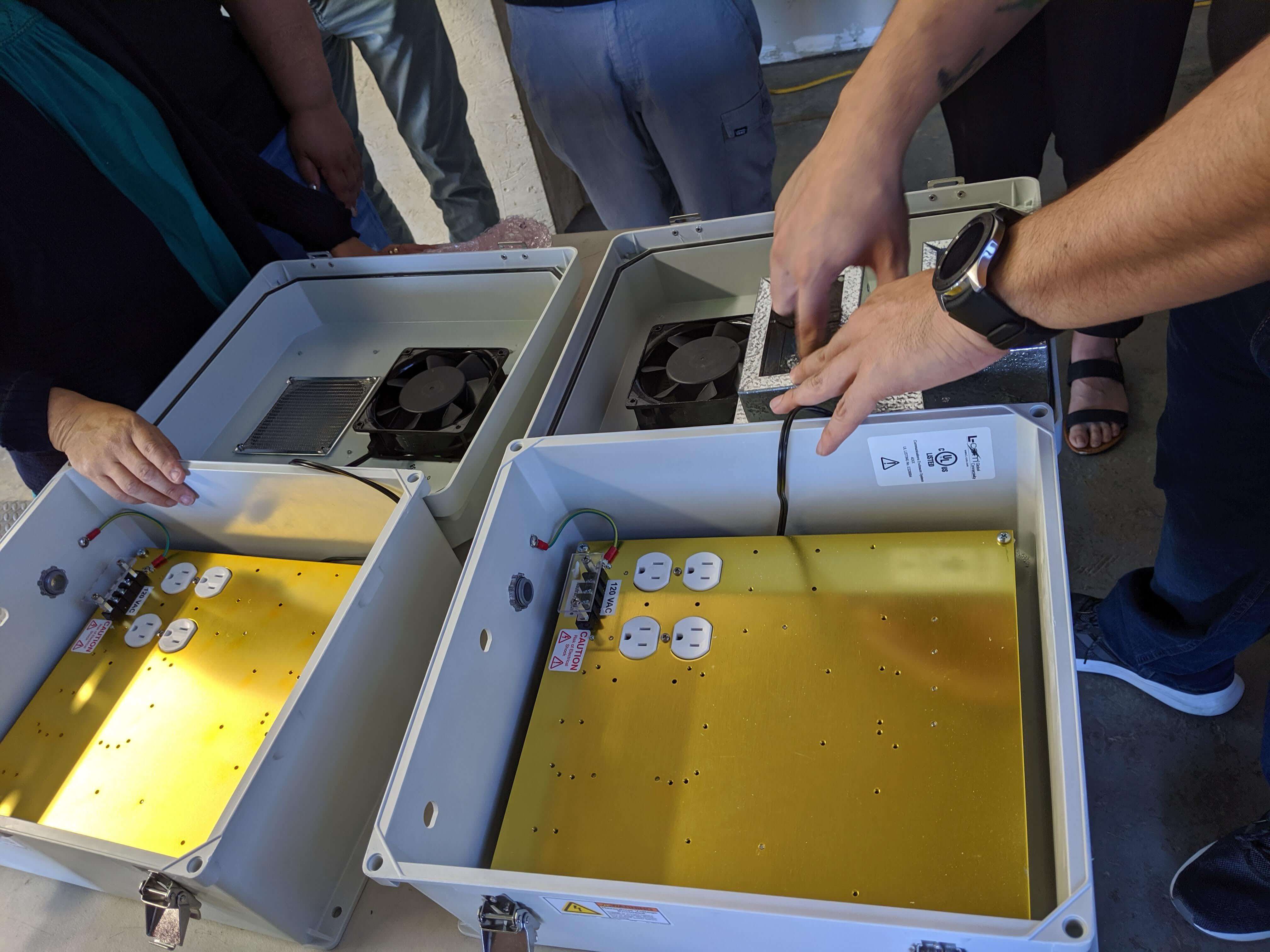
Community Air Monitoring
Tracking California worked with six organizations funded by the California Air Resources Board's Assembly 617 community air grants to establish particulate matter and methane community air monitoring networks.

AIRE Digital Stories
"The road to clean air" highlights maps, images, quotes, videos, and stories from members of the AIRE Collaborative and Tracking California — the collaborative worked with the StoryCenter to highlight individual members lived experiences and work to improve air quality in environmental justice communities.
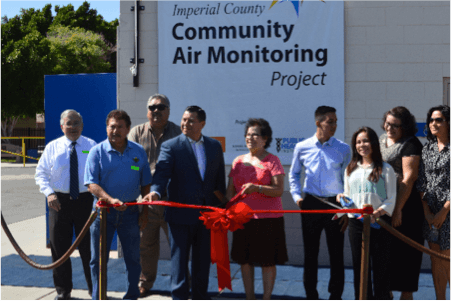
Imperial County Community Air Monitoring
This innovative project established the first large-scale community air monitoring network of its kind, serving as a model for projects throughout California and informing the implementation of statewide legislation on community air monitoring.
Air Quality Publications
Association between long-term exposure to particulate air pollution with SARS-CoV-2 infections and COVID-19 deaths in California, U.S.A. [2022] Paul English, Julie Von Behren, John R. Balmes, John Boscardin, Catherine Carpenter, Debbie E. Goldberg, Sophia Horiuchi, Maxwell Richardson, Gina Solomon, Jhaqueline Valle, Peggy Reynolds
Performance of a Low-Cost Sensor Community Air Monitoring Network in Imperial County, CA [2020] Paul English, Heather Amato, Esther Bejarano, Graeme Carvlin, Humberto Lugo, Michael Jerrett, Galatea King, Daniel Madrigal, Dan Meltzer, Amanda Northcross, Luis Olmedo, Edmund Seto, Christian Torres, Alexa Wilkie, Michelle Wong
Developing Youth Environmental Health Literacy and Civic Leadership through Community Air Monitoring in Imperial County, California [2020] Daniel Madrigal, Mariana Claustro, Michelle Wong, Ester Bejarano, Luis Olmedo, Paul English
Community-Engaged Air Monitoring to Build Resilience Near the US-Mexico Border [2020] Michelle Wong, Alexa Wilkie, Catalina Garzón-Galvis, Galatea King, Luis Olmedo, Esther Bejarano, Humberto Lugo, Dan Meltzer, Daniel Madrigal, Mariana Claustro, Paul English
Associations between Ozone and Fine Particulate Matter and Respiratory Illness Found to Vary between Children and Adults. Implications for U.S. Air Quality Policy [2019] Paul English, John Balmes
Other Air Quality Resources
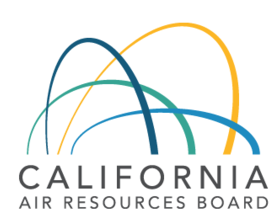
California Air Resources Board (CARB)
CARB is responsible for setting and enforcing standards for air quality, motor vehicles, fuels, and consumer products. CARB also conducts research, monitors
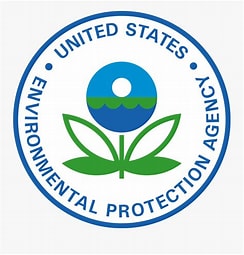
AirData
The AirData Web site gives you access to air pollution data for the entire United States, pulling from two EPA data sources: Air Quality System (AQS) and National Emission Inventory (NEI).

AirNow
Current air quality information from the US EPA for your area.

US EPA's Toxic Release Inventory (TRI)
This database tracks emissions of toxic pollutants from industrial and commercial facilities.
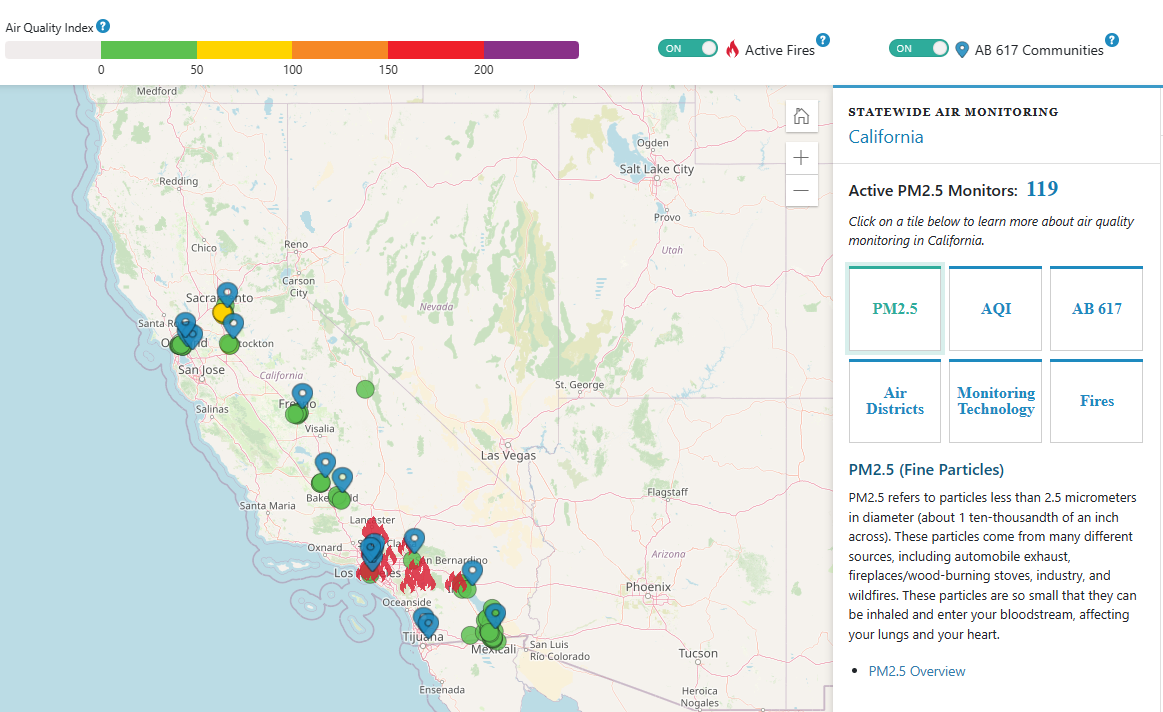
AQview
AQview is a community-focused air quality data portal.
